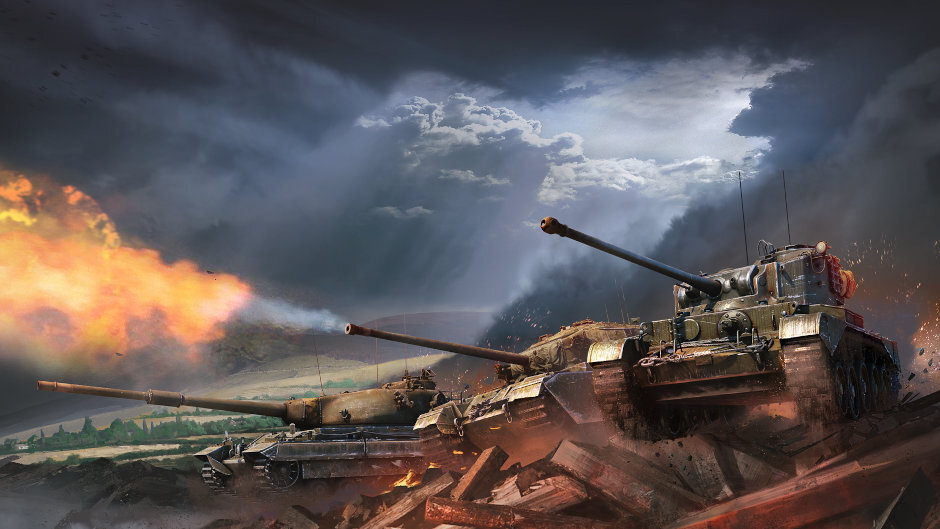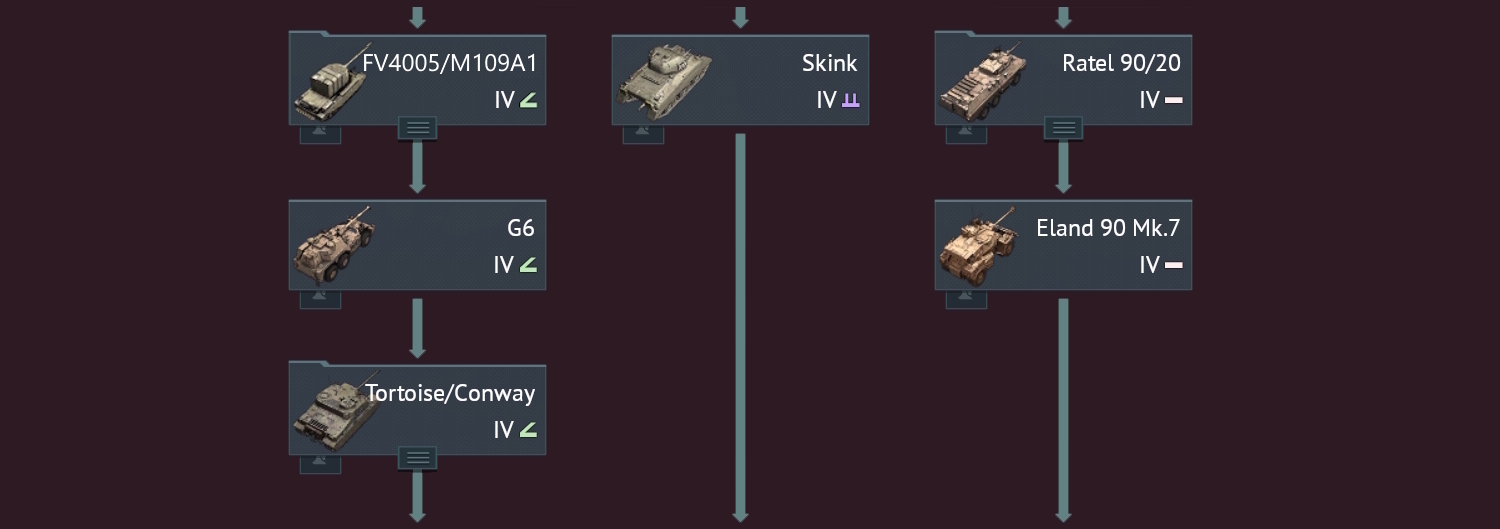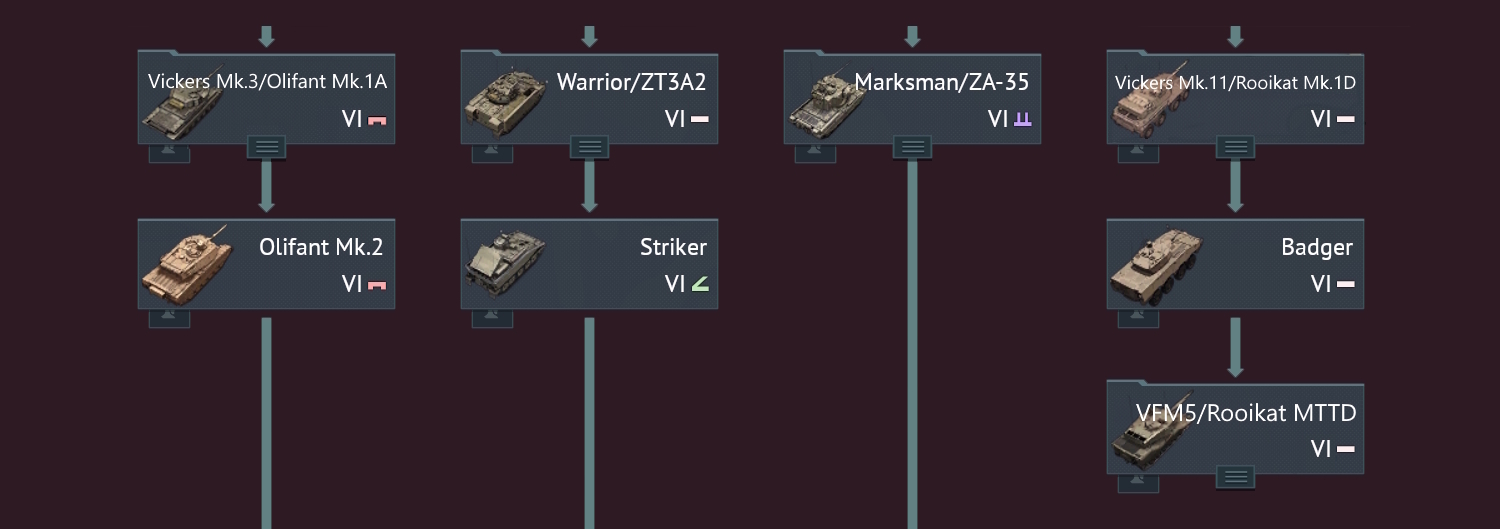
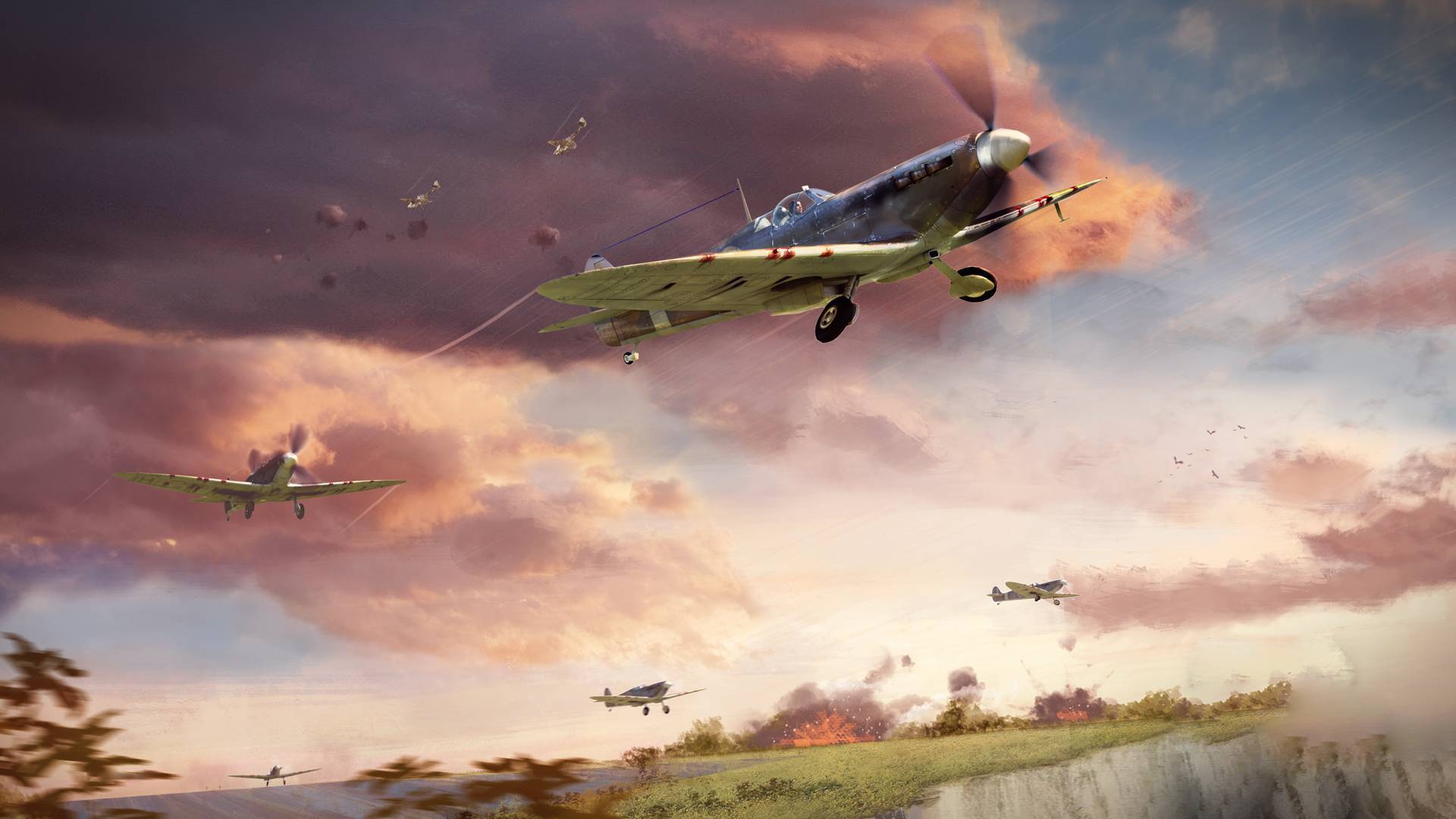
A bug that still caused aircraft to jump on runways in some cases has been fixed. (Report).
F-106A — a bug that caused one of the drop tanks to always display in X-ray view has been fixed. (Report).
The Active scouting mechanic is now available on Scout UAVs.
Learn more about the implementation and limitations here.There is now a 3 second delay when switching back to the ground vehicle after the player’s Scout UAV gets destroyed. This is to give the player time to understand how they were destroyed.
A table with scouting awards in the message with the battle results now has an indication of whether the particular scouting was conducted when the Scout UAV was launched or not.
The description of the “Air Strike” modification now includes information on how a launched Scout UAV influences the rate at which the required spawn points for an aircraft are reduced.
A bug that sometimes caused the textures of some airfields to be overlapped by the underlying landscape has been fixed. (Report).
Patch notes reflect only key changes, meaning they may not include a complete list of all improvements made. Additionally, War Thunder is constantly being updated and some changes may not require an update. Changes reflected in patch notes are formed by taking reactions and requests of the community from the bug reporting service, forums and other official platforms into account. Bug fixes and changes are implemented in order of importance, for example a game-breaking bug will be worked on and implemented sooner.




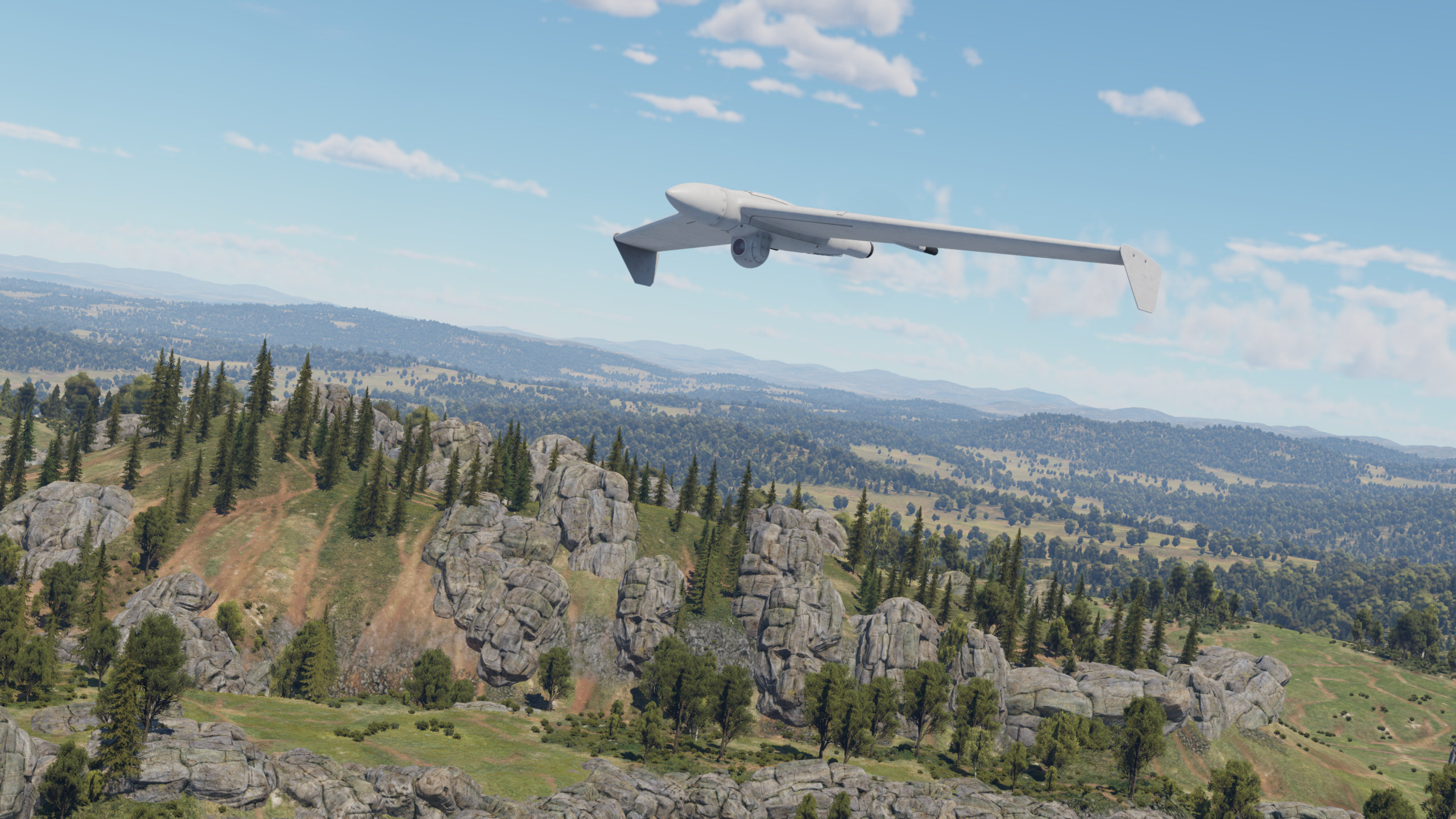
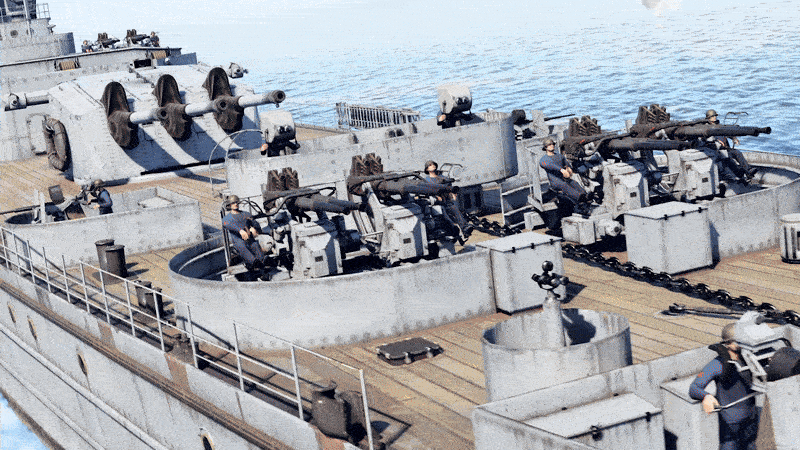

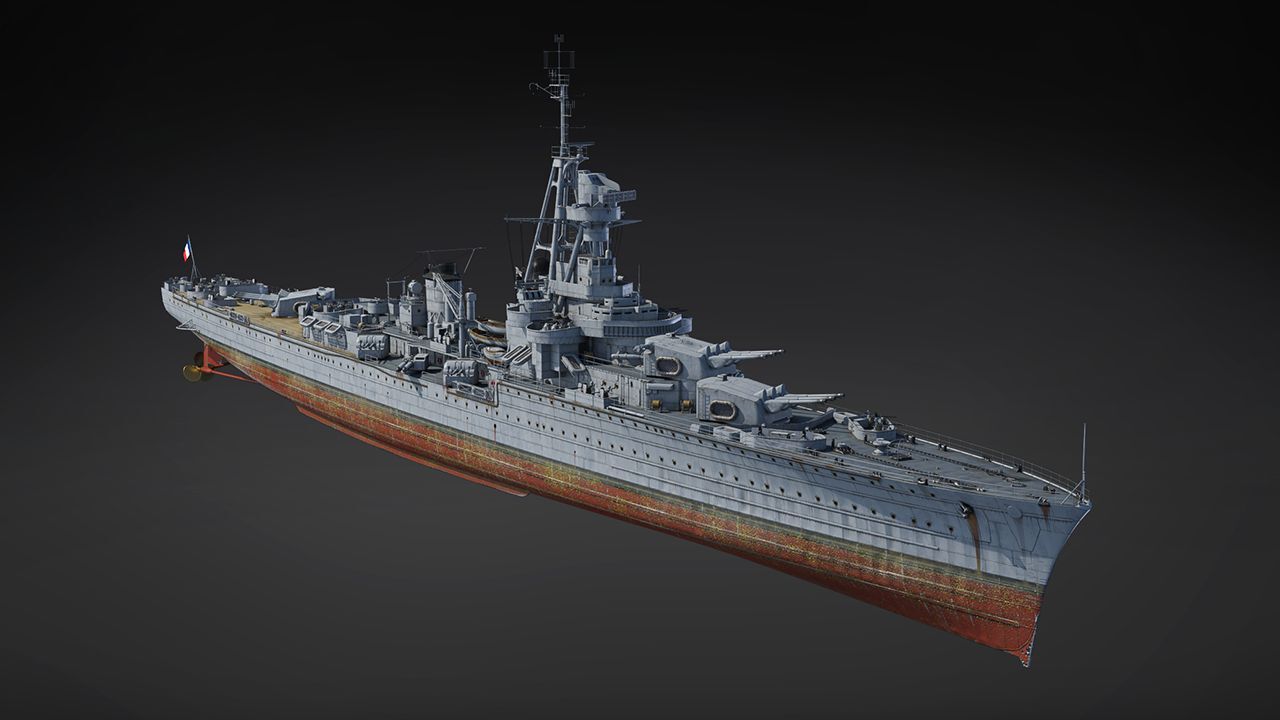


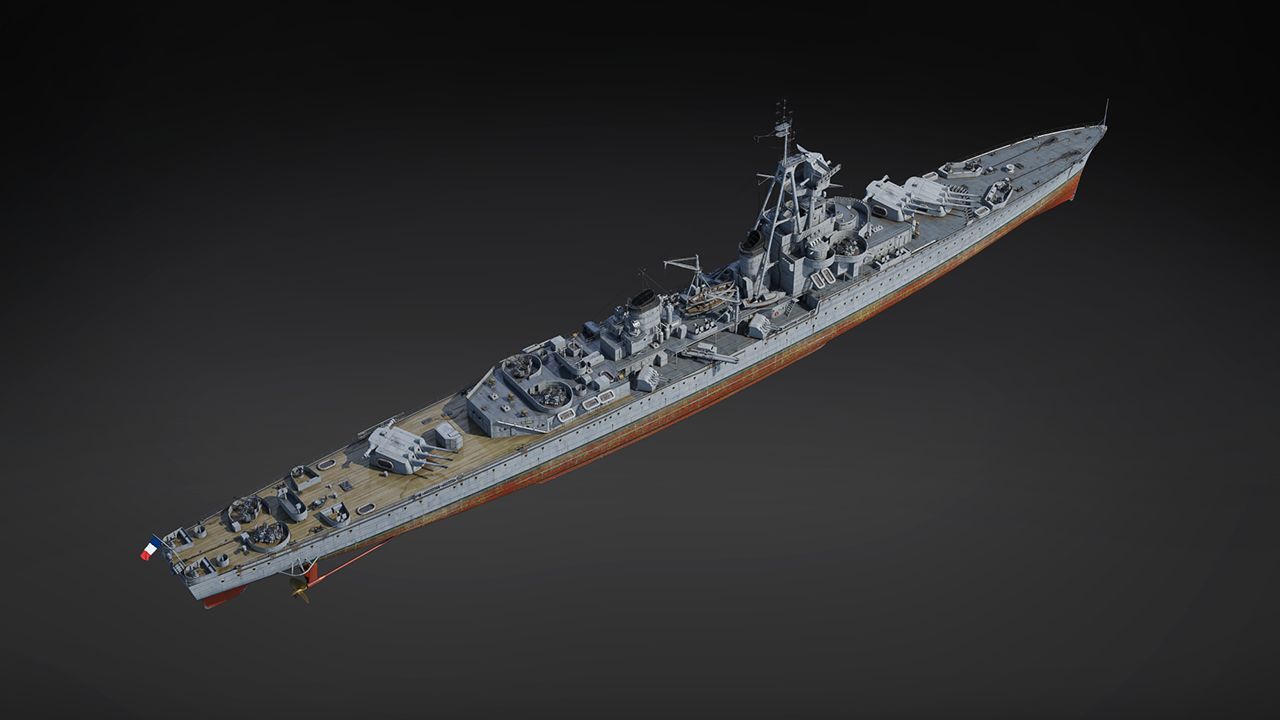
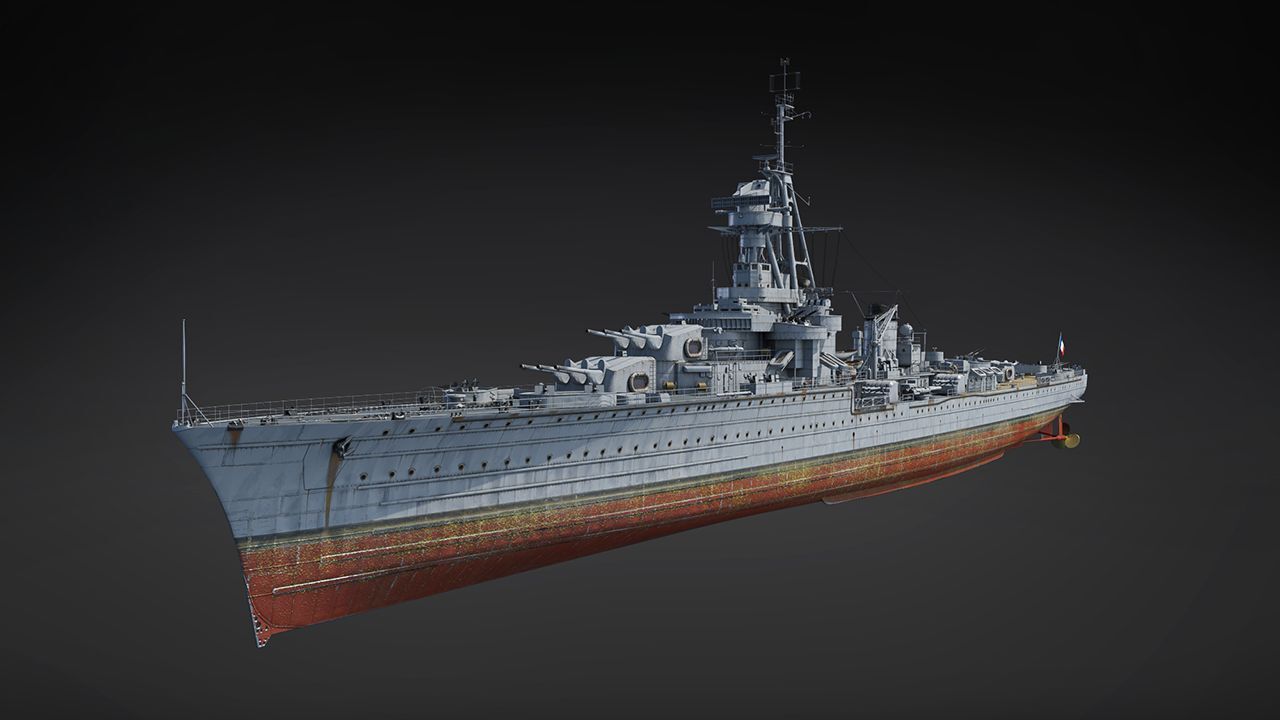

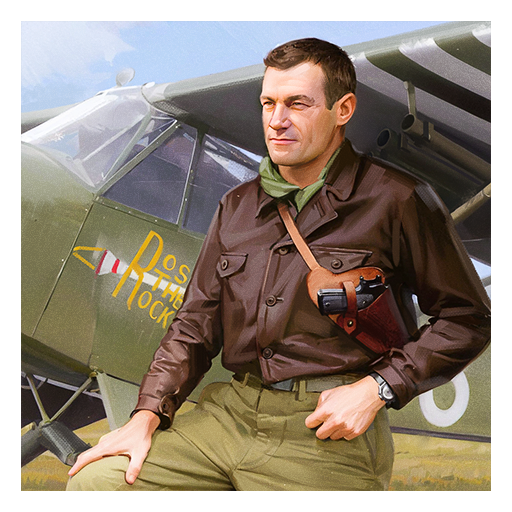


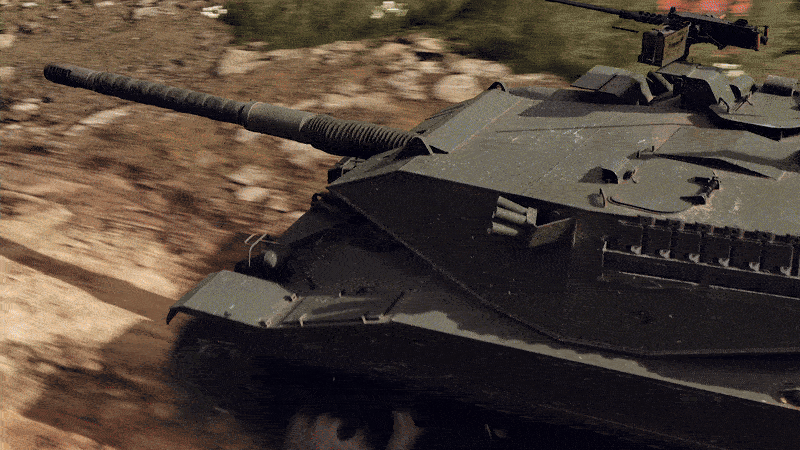

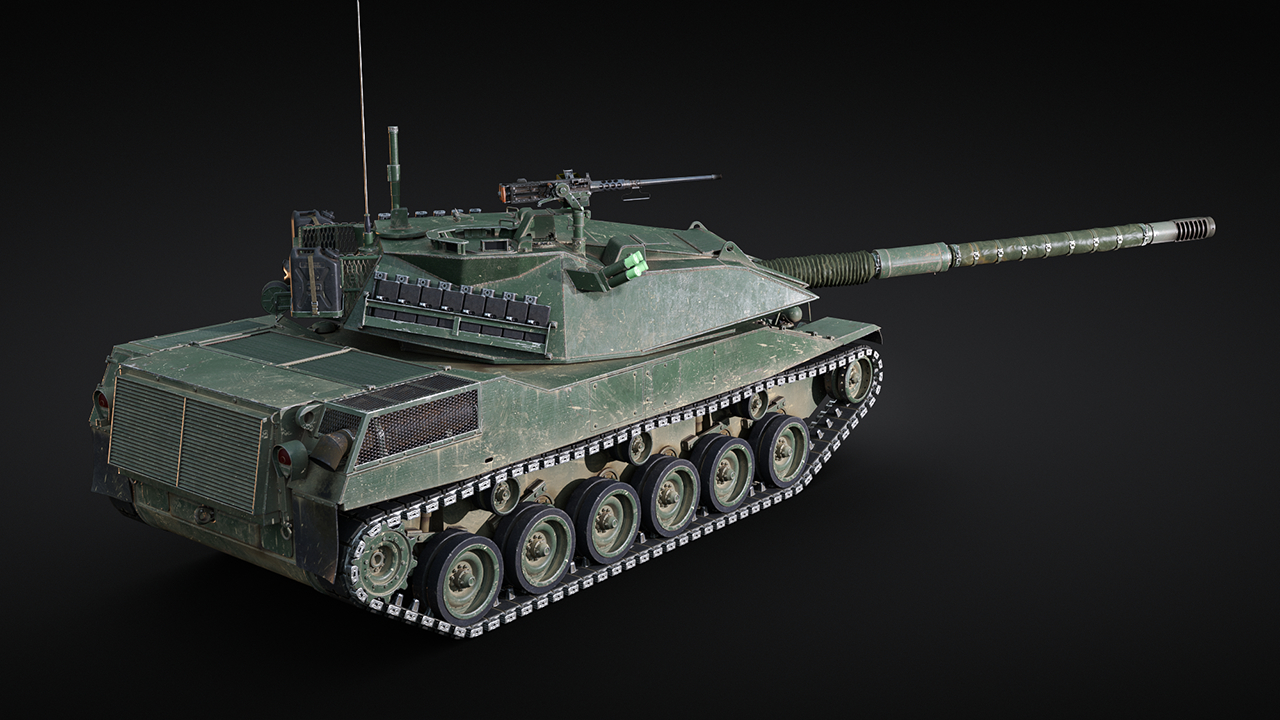
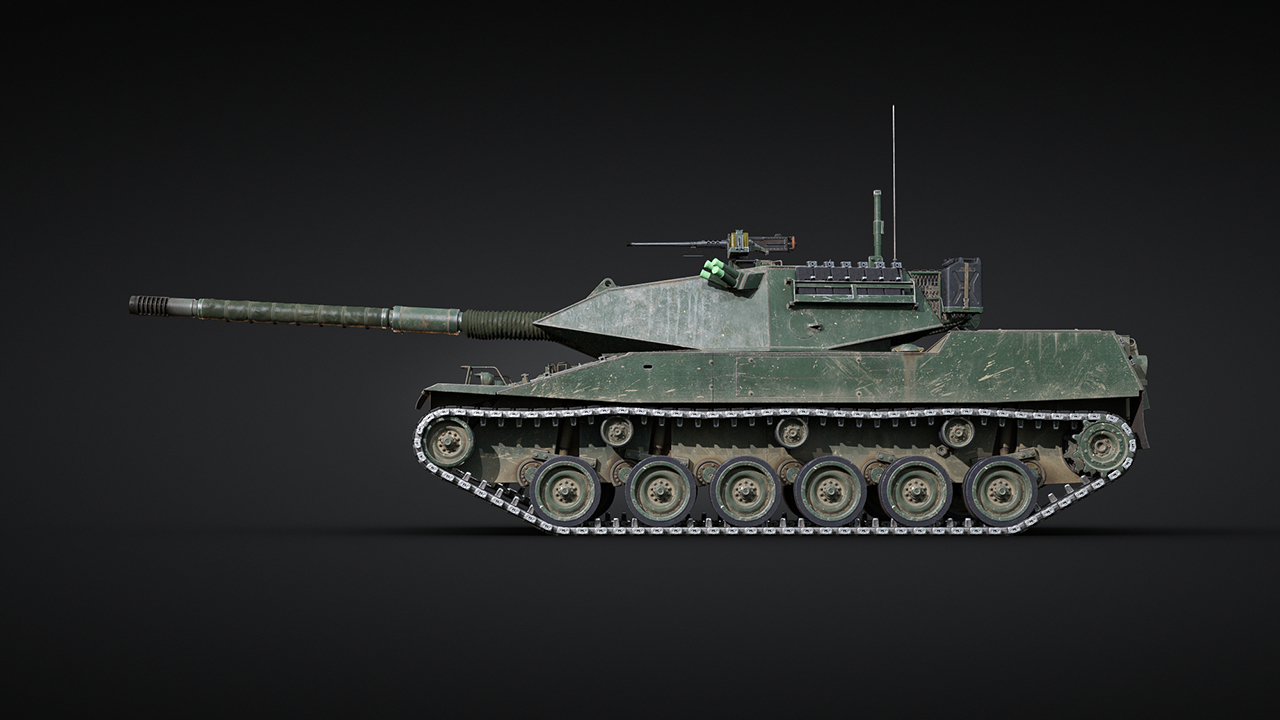



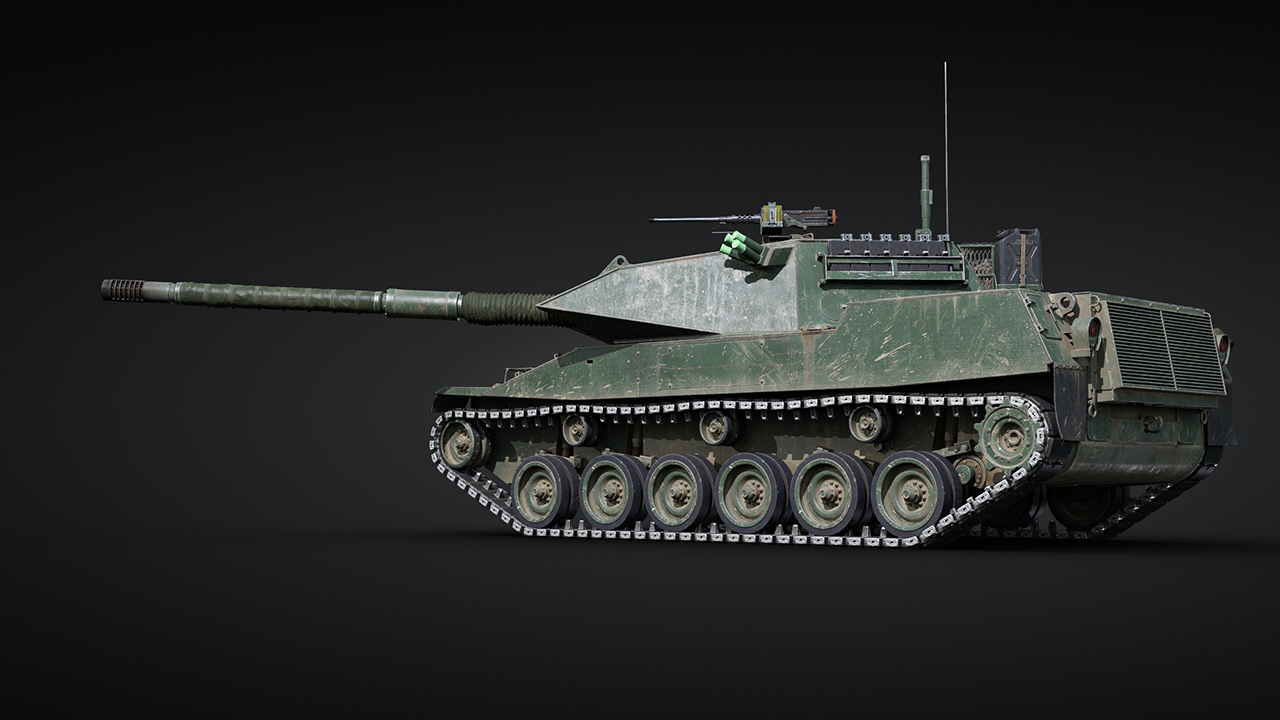
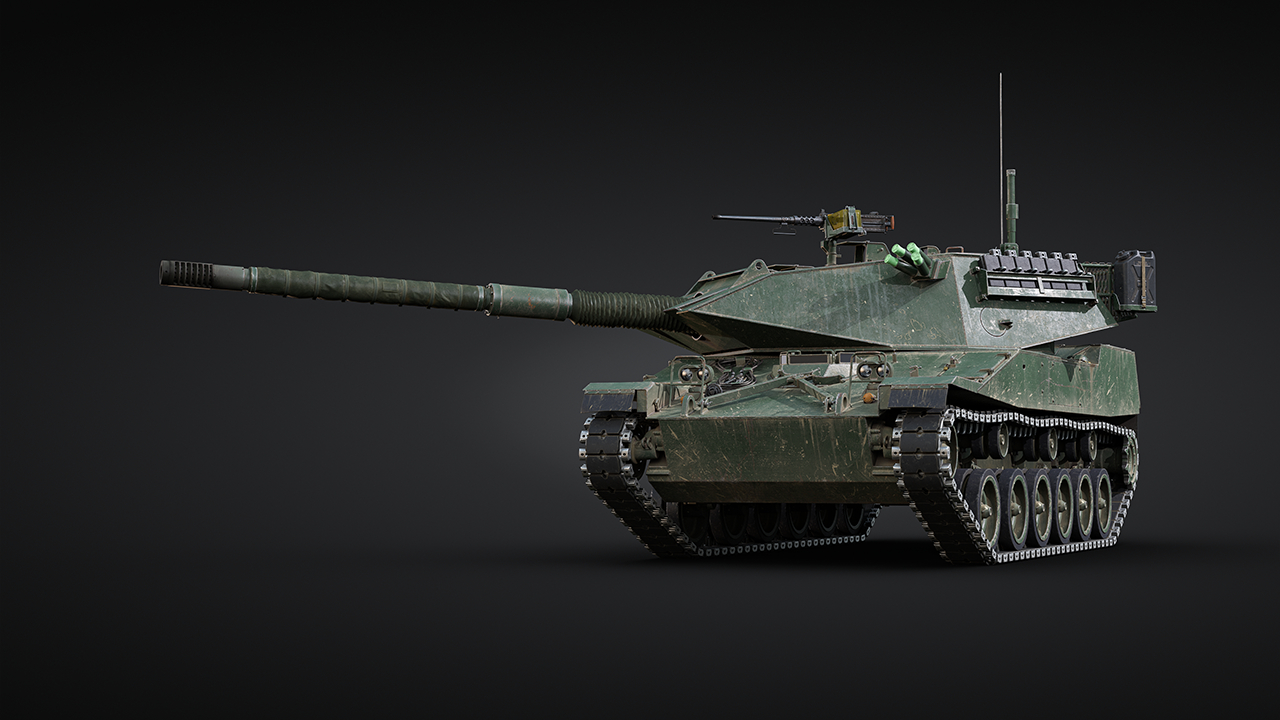

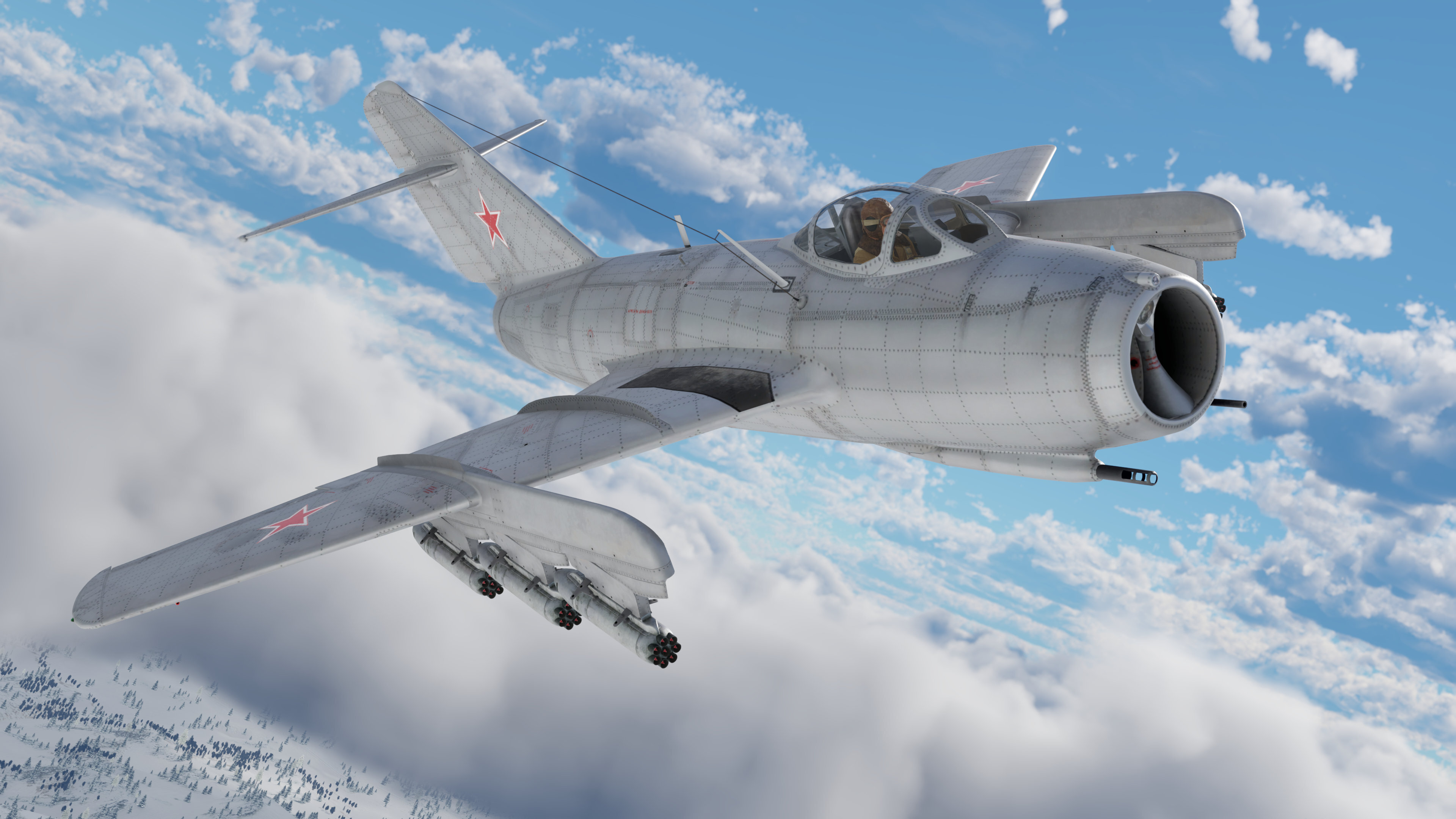
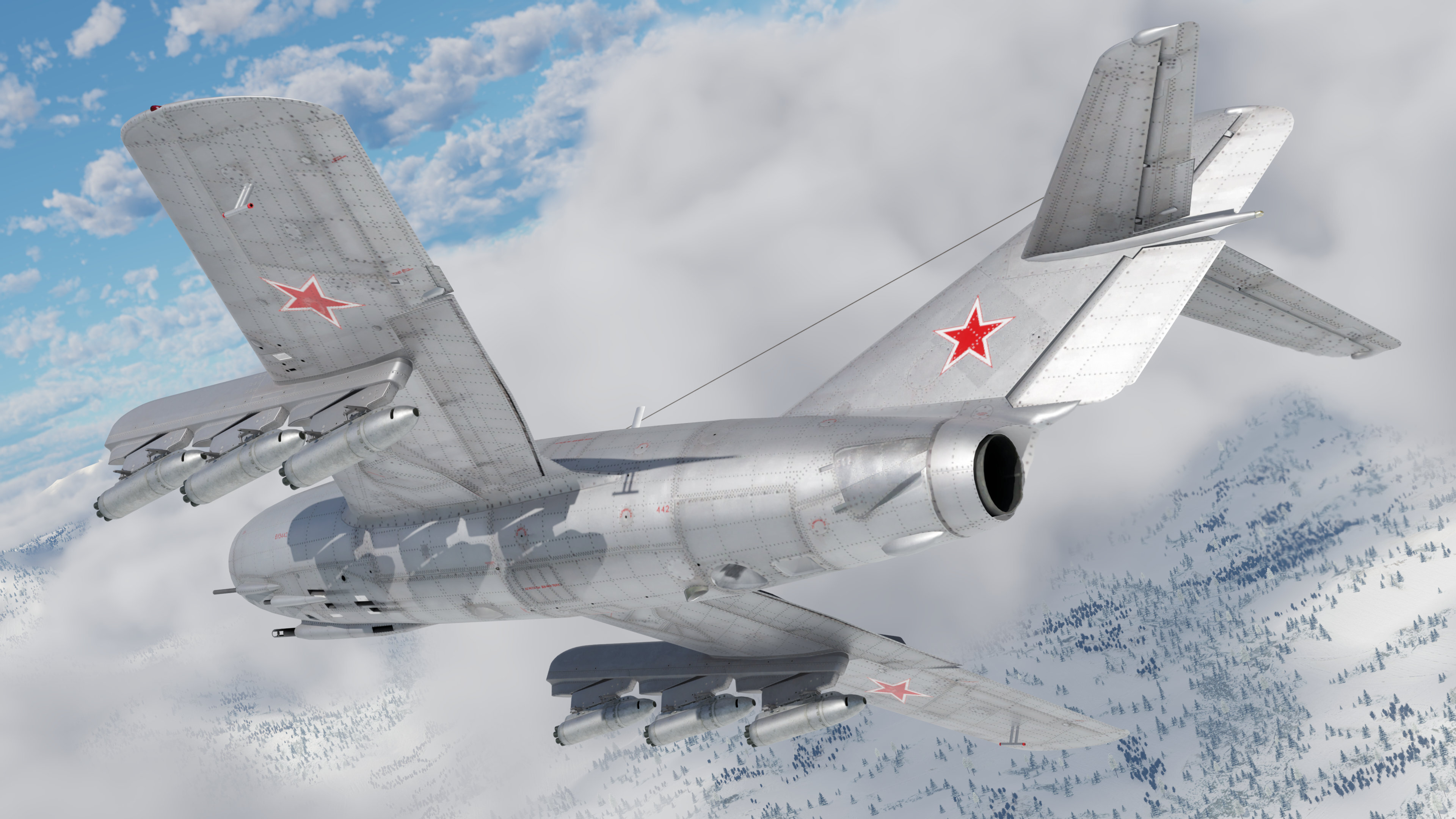
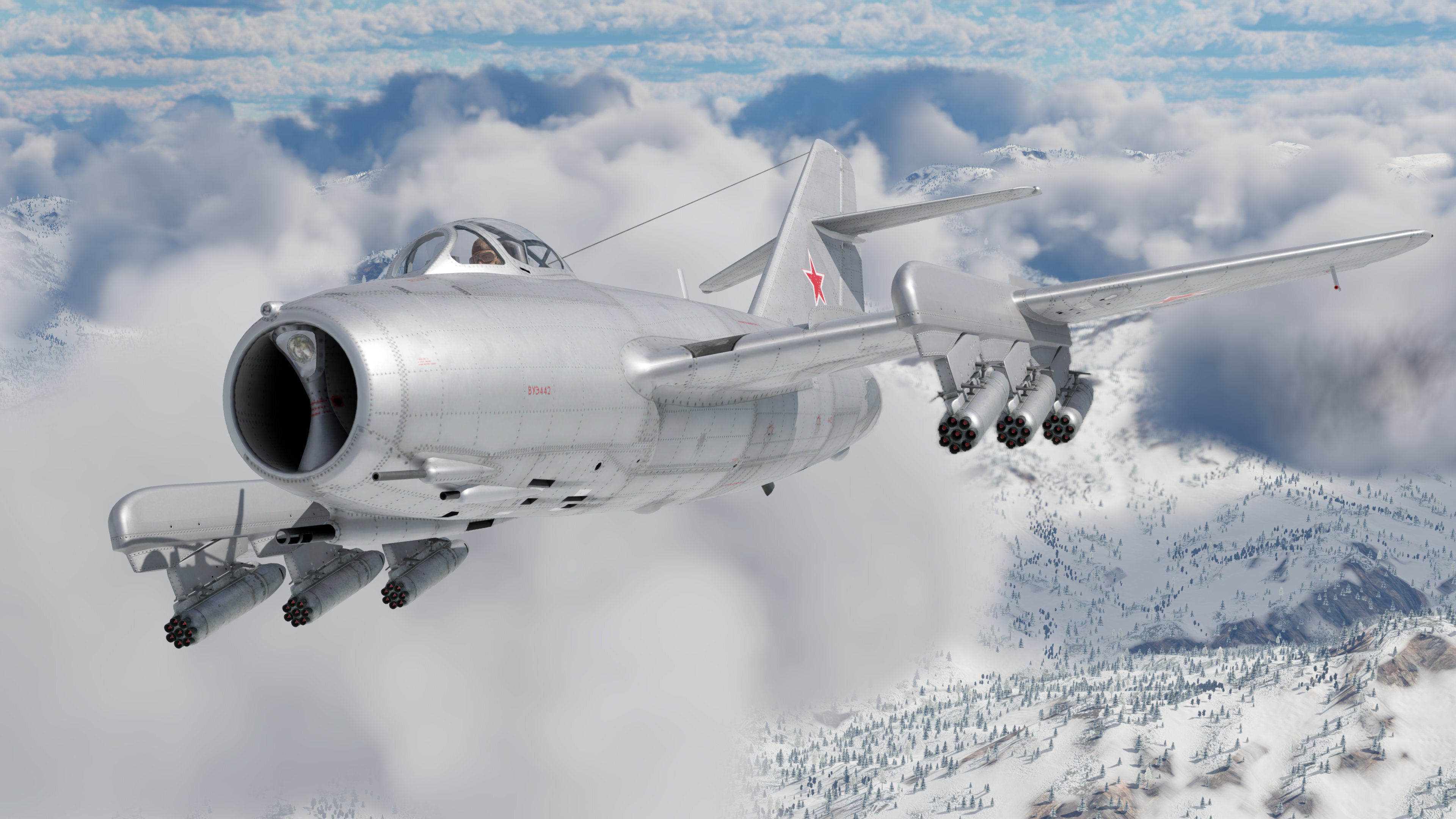
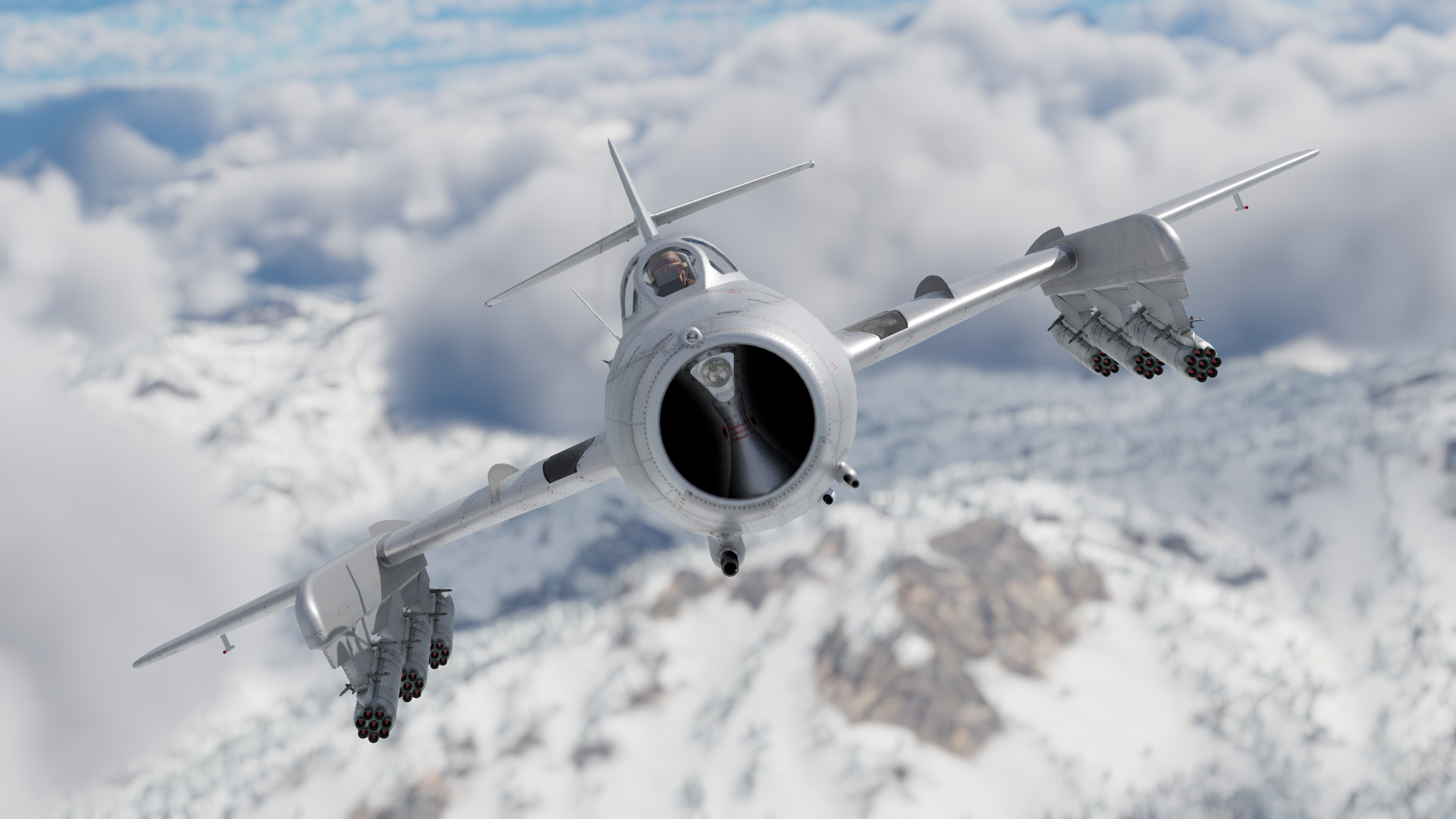

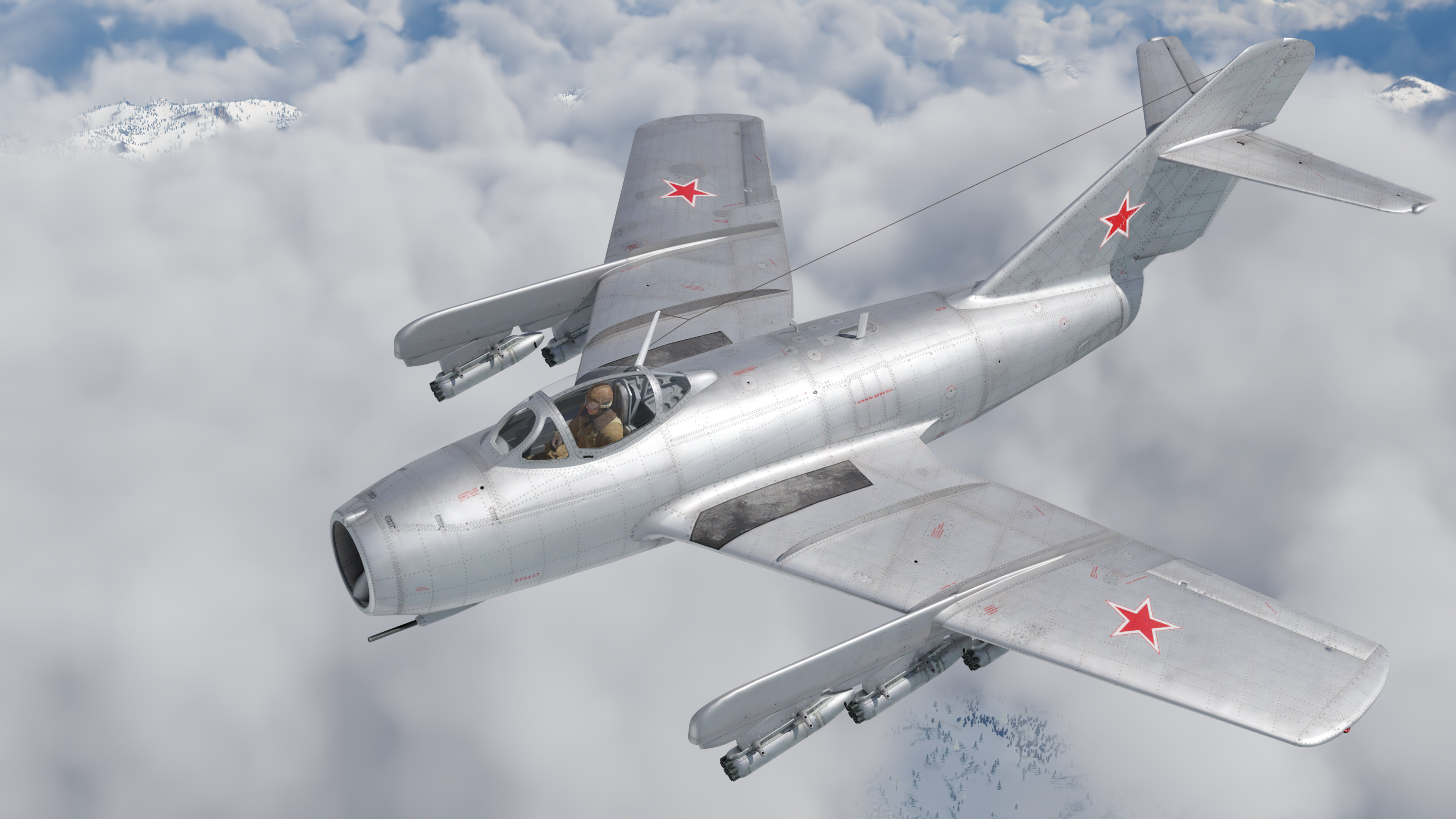 [/carousel]
[/carousel]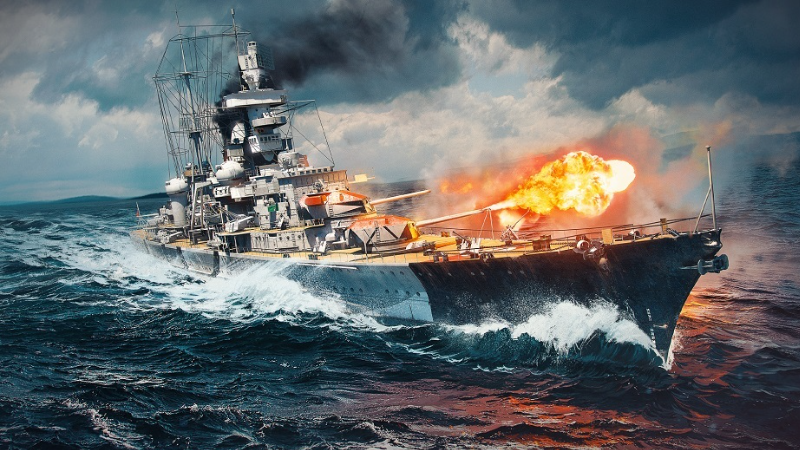
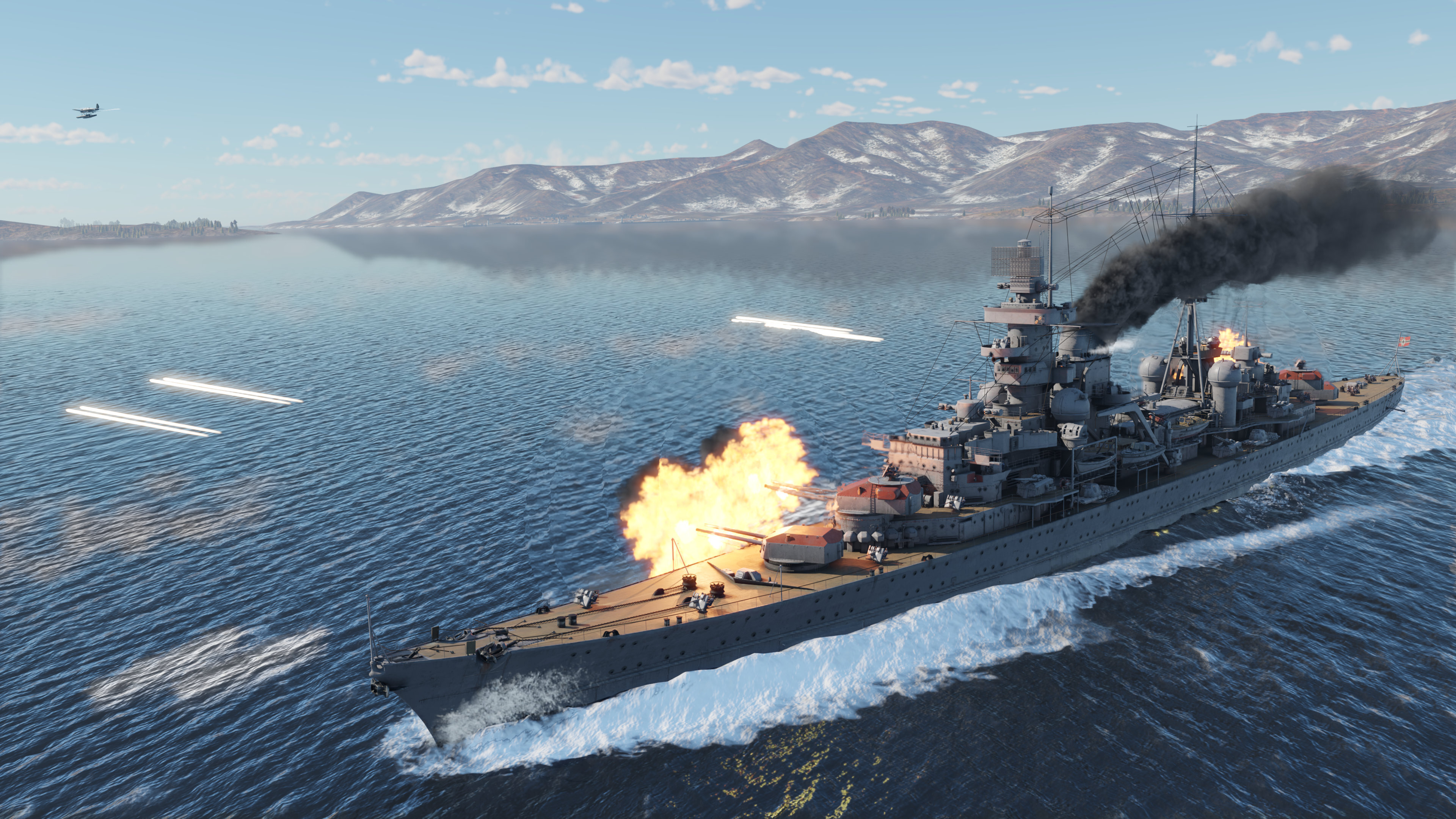

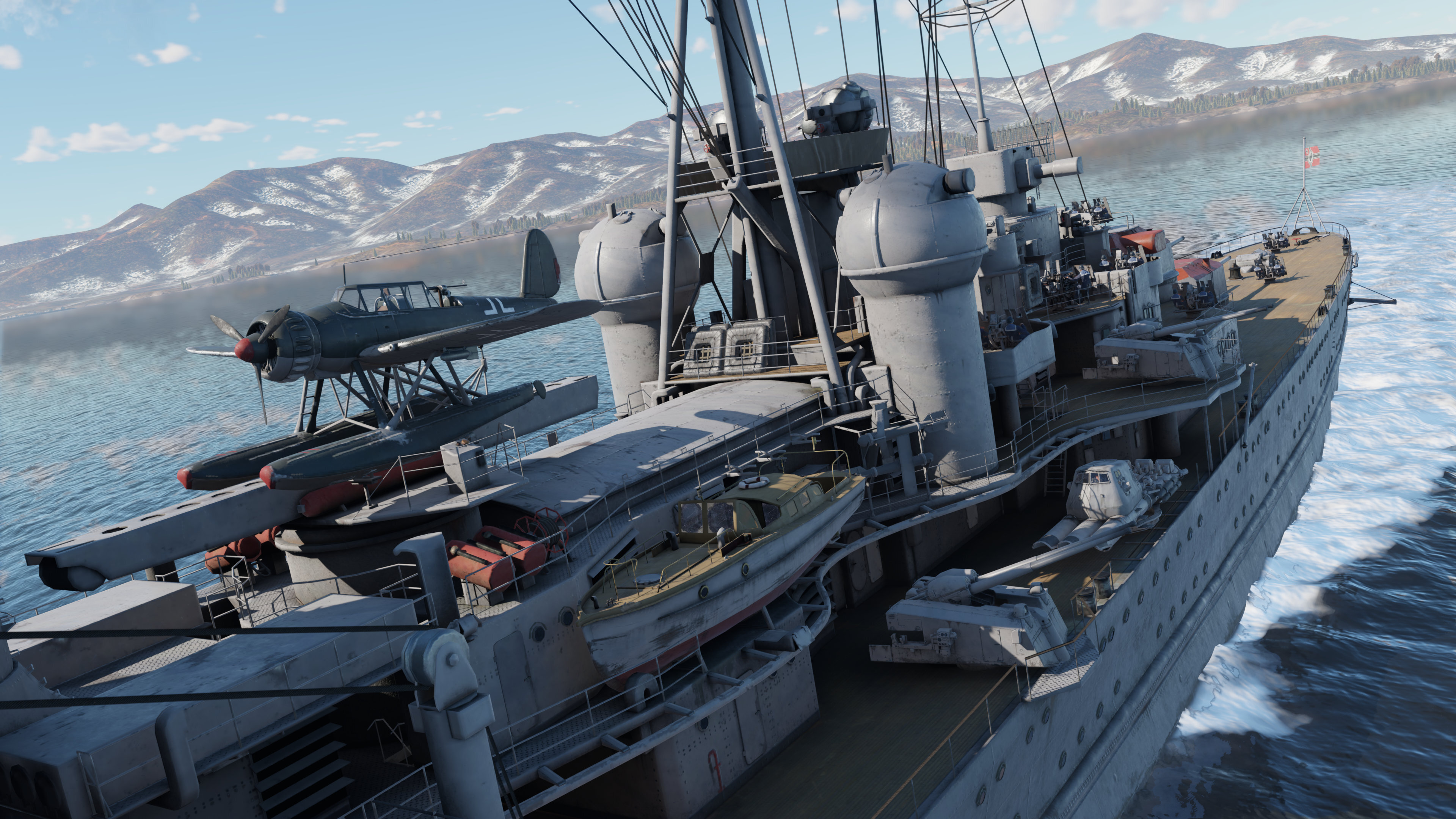
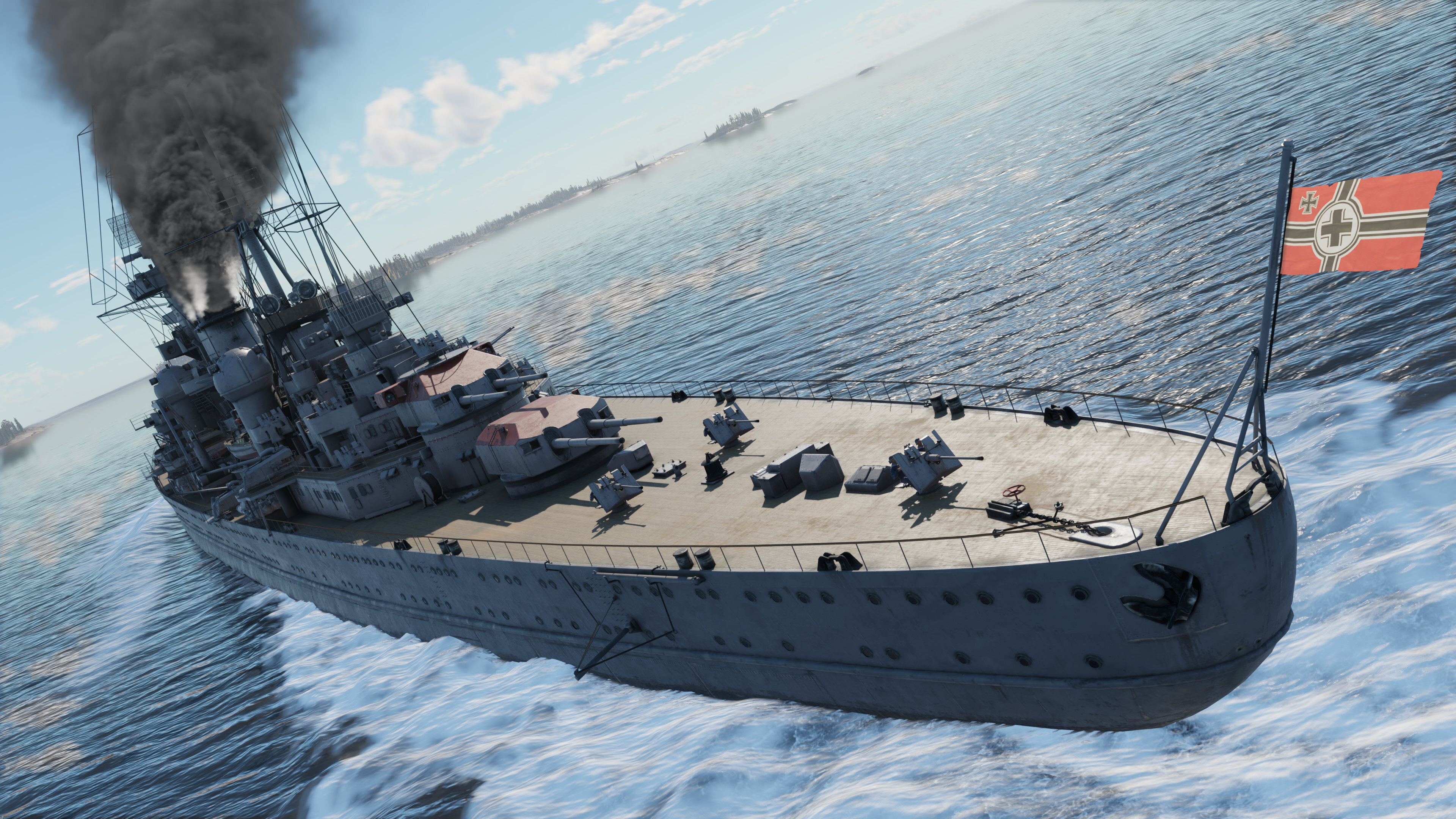
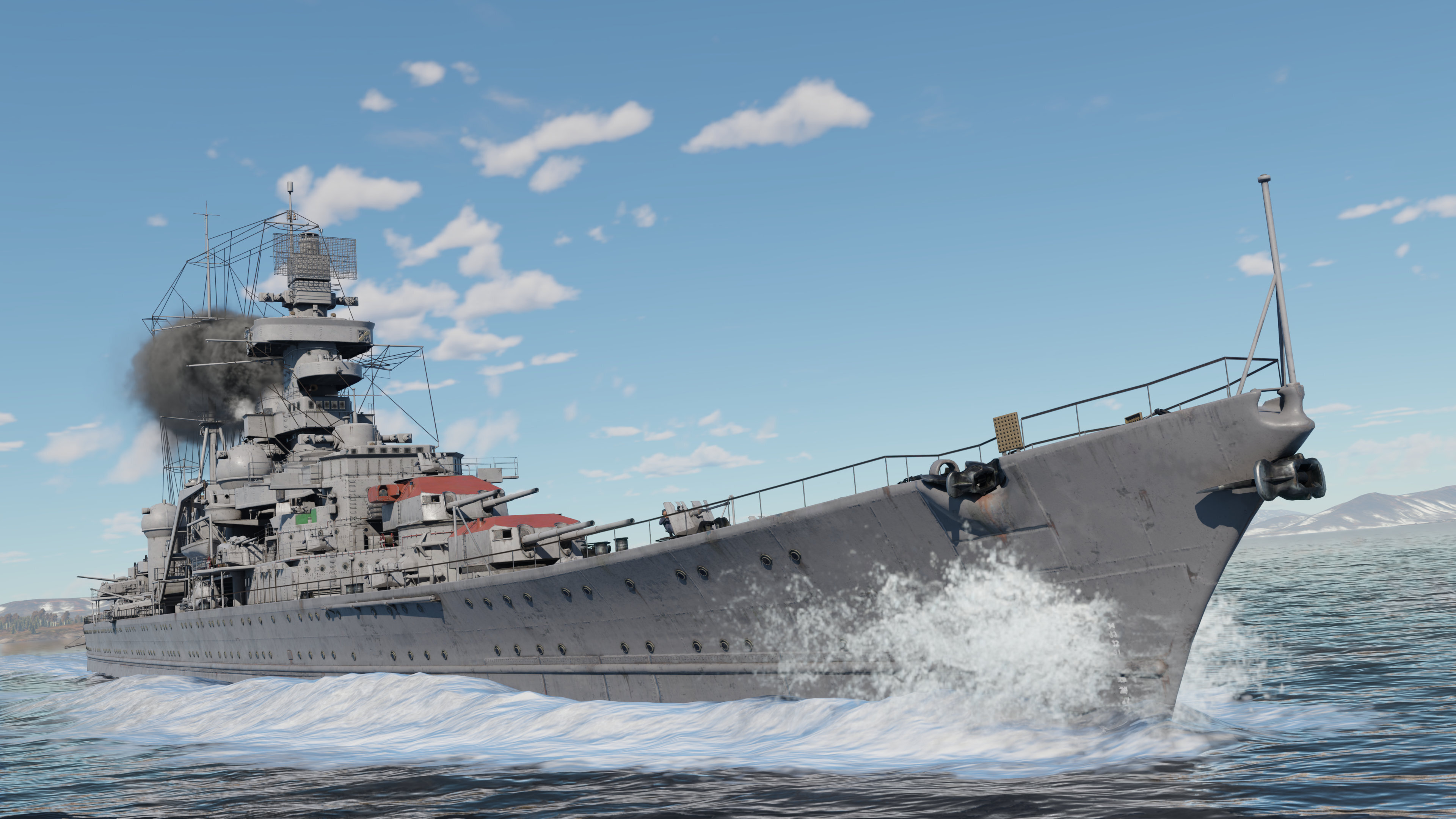
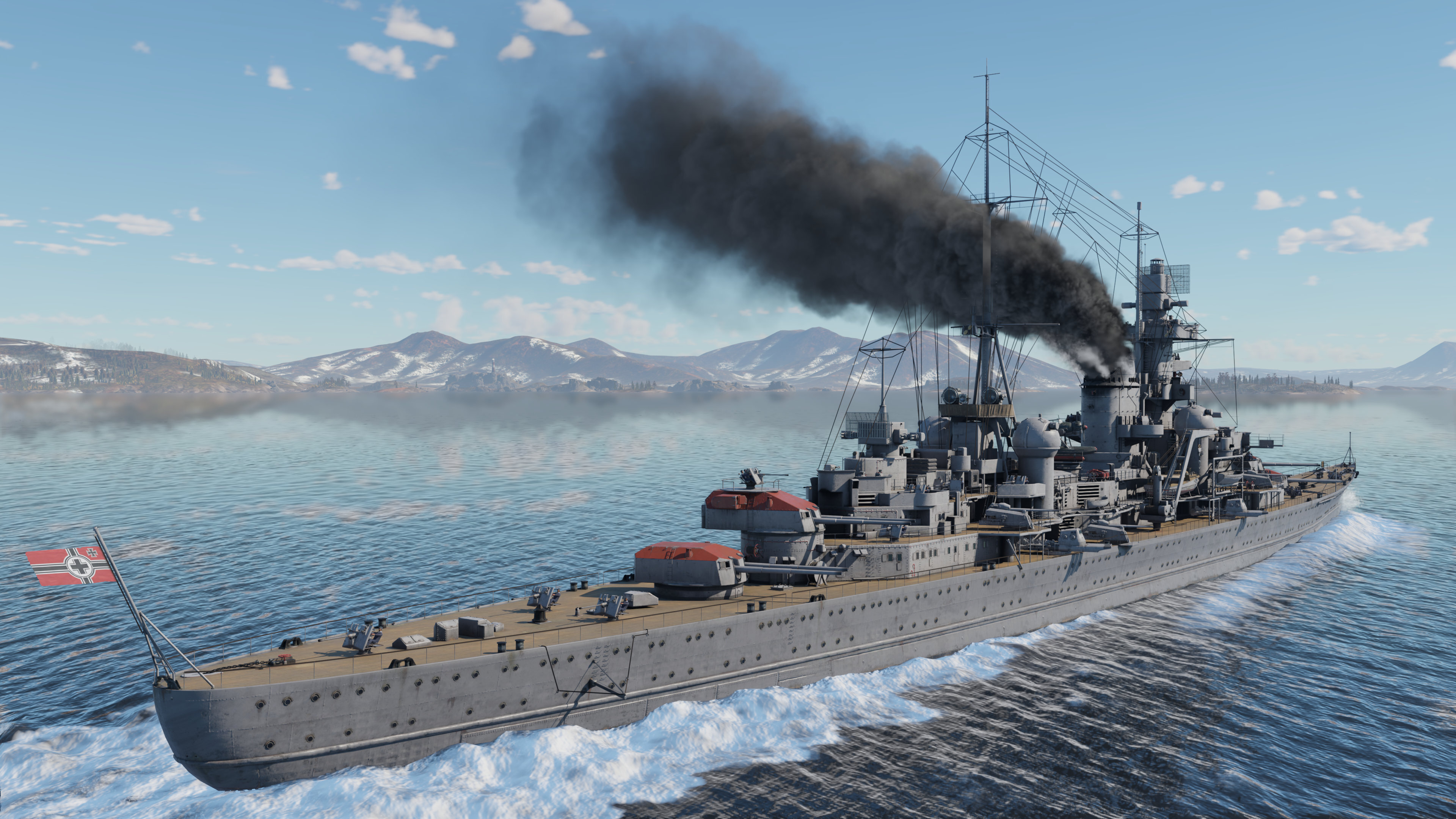
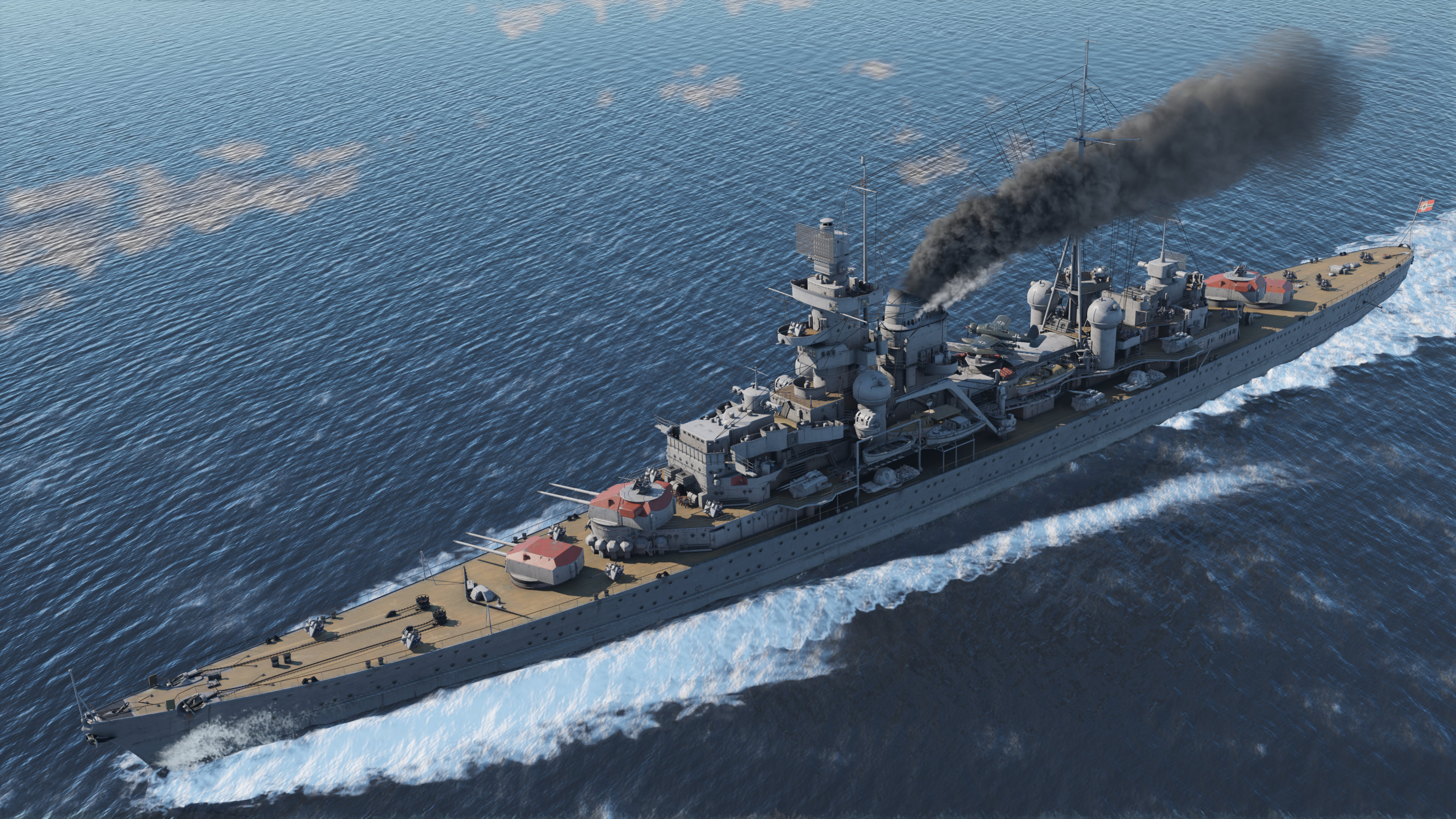
 [/carousel]
[/carousel]